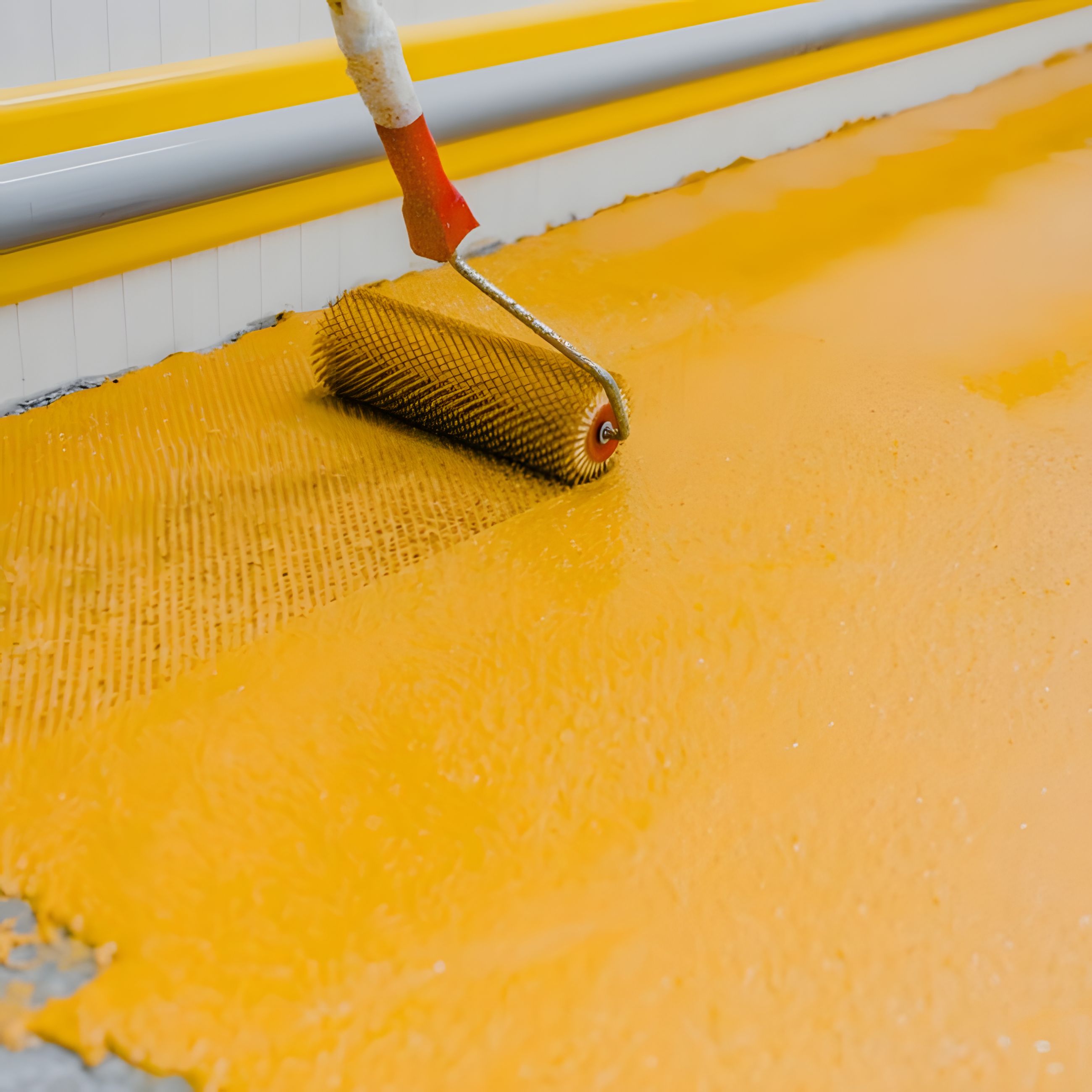Interior and Exterior Wall Coatings

Overview of Interior and Exterior Wall Coatings
Interior and exterior wall coatings are essential in the construction industry for decorating and protecting wall surfaces. These coatings must exhibit excellent weather resistance, adhesion, alkali resistance, and eco-friendliness to meet the demands of diverse climates and environments. Interior wall coatings prioritize aesthetics and ease of application, while exterior wall coatings require waterproofing, UV resistance, and anti-corrosion properties. The inclusion of specific chemical additives significantly enhances coating performance.
Functions of Additives in Wall Coatings
Sodium Hexametaphosphate (SHMP)
Function: Acts as a dispersant to prevent pigment and filler settling, ensuring uniformity in coatings.
Features: Reduces clumping, improving the flow of coatings during application.
Example: Ensures dispersion in high-solid exterior waterproof coatings, preventing cracking in thick applications.
Sodium Tripolyphosphate (STP)
Function: Enhances coating viscosity, adhesion, and acts as a pH buffer.
Features: Extends shelf life and improves application properties.
Example: Ensures smooth and uniform films in matte interior coatings during brushing.
Anhydrous Sodium Acetate
Function: Balances pH, prevents pigment discoloration, and improves stability.
Features: Ideal for coatings requiring extended storage periods.
Example: Suppresses mold growth in interior coatings in high-humidity regions.
Trisodium Phosphate (TSP)
Function: Cleans wall residues, enhances adhesion, and controls alkalinity.
Features: Suitable for renovation projects.
Example: Ensures strong adhesion in exterior renovation coatings.
Dipotassium Phosphate (K2HPO4)
Function: Works as an anti-corrosive agent, prolonging storage life and enhancing corrosion resistance.
Features: Ideal for coastal environments.
Example: Protects coatings on coastal structures from salt damage.
Disodium Hydrogen Phosphate (Na2HPO4)
Function: Improves water resistance, anti-cracking, and surface hardness.
Features: Stabilizes coatings in humid and cold conditions.
Example: Used in washable interior coatings for enhanced abrasion resistance.
Diammonium Phosphate (DAP) and Monoammonium Phosphate (MAP)
Function: Acts as flame retardants, reducing the risk of combustion.
Features: Meets safety and fire resistance standards.
Example: Boosts fire resistance in coatings for high-rise building interiors.
Magnesium Oxide (MgO)
Function: Used as a thickener and filler to enhance abrasion resistance and impact strength.
Features: Widely applied in durable exterior coatings.
Example: Improves wear resistance in coatings for industrial building exteriors.
Sodium Lauryl Ether Sulfate (SLES)
Function: Functions as an emulsifier, enhancing dispersion and application properties.
Features: Improves spreading and gloss during application.
Example: Enhances gloss in high-sheen interior wall coatings.
Market Advantages and Product Features
Market Advantages:
Versatility: Suited for various climates and environments, such as high humidity, cold, and coastal areas.
Eco-friendliness: Supports low-VOC, sustainable coating production, adhering to global environmental regulations.
Cost-effectiveness: Optimized formulations reduce overall production and application costs.
Product Features:
Enhances adhesion, weather resistance, dispersion, and storage stability.
Provides additional functions such as flame retardancy, corrosion resistance, and abrasion resistance.
Supports a wide range of coating applications, meeting diverse performance requirements for interior and exterior walls.
Export Advantages and Case Studies
Export Advantages:
Stable Supply Chain: Strong raw material sourcing and advanced manufacturing facilities ensure consistent supply.
Logistics Services: A global logistics network guarantees efficient delivery and cost reduction for clients.
Technical Support: Customized solutions tailored to meet diverse market demands worldwide.
Case Studies:
Case 1: For exterior coatings in the Middle East, where high temperatures are a challenge, SHMP and STP enhanced UV and heat resistance, ensuring long-lasting surface protection.
Case 2: In European markets, eco-friendly interior coatings incorporating low-VOC additives (e.g., SLES and MAP) met strict environmental standards, boosting market competitiveness.
Conclusion
Optimizing the performance of interior and exterior wall coatings relies on advanced chemical additives. These additives enhance functionality while addressing environmental, safety, and economic requirements. With our global export strengths, customized services, and efficient logistics, our company provides high-quality solutions that elevate the performance of wall coatings and support industry growth worldwide.